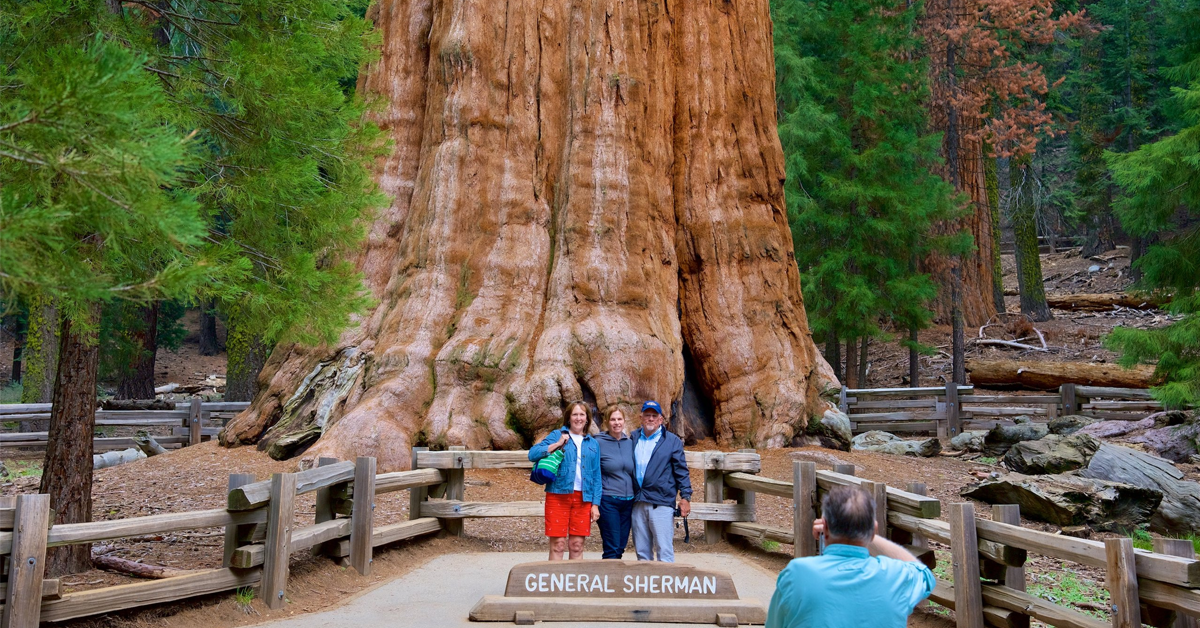The House Natural Resources Committee held a hearing to discuss the “Save Our Sequoias” Act, which was recently introduced by Speaker Kevin McCarthy (R-Bakersfield) to prevent further loss of Giant Sequoia trees.
Why it Matters: The bill would provide $90 million in funding for the restoration and conservation of sequoia groves, including prescribed burns and the removal of dead trees.
- The hearing also addressed the effects of climate change on the sequoias, with officials emphasizing the need for action to mitigate its impact.
- Other concerns raised at the hearing included the need for increased public access to the sequoias and the impact of wildfire on the trees.
- According to the National Park Service, giant sequoias are among the oldest and largest living organisms on Earth, with some trees estimated to be over 3,000 years old and over 300 feet tall.
- The bill is one of several efforts to protect the sequoias, which have been threatened by drought, wildfire, and climate change. The hearing came as California faces another year of severe drought and wildfire risk, with officials warning that climate change is exacerbating these threats to the state’s forests and wildlife.
What they’re saying: The “Save Our Sequoias” Act has received bipartisan support, with Representative Doug LaMalfa (R-Richvale) stating that “we need to be proactive in our approach to preserving these national treasures.”
- Forest Service Chief Randy Moore and other officials testified at the hearing, with Moore stating that the bill “would provide the resources and tools needed to restore these majestic trees and ensure their survival for generations to come.”
- “Both [Tulare County Supervisor Dennis] Townsend and [Tule River Tribe vice chair Shine]. Nieto have witnessed the devastation caused by wildfires in the Sequoia National Forest and our local communities firsthand,” the Speaker said.
- “At its core, the SOS Act does four main things,” McCarthy said. “It improves interagency coordination; uses science to target high-priority groves for treatments; expedites environmental reviews for grove protection projects using streamlined emergency procedures already in place; and provides land managers with new resources to get the job done.
- “Simply put, it helps to reduce unnecessary bureaucratic red tape that makes it nearly impossible for local land managers on the ground to do their jobs,” McCarthy said. “When dead trees and underbrush around the giant sequoias fail to be removed, it creates a tinderbox, serving as a natural accelerant for forest fires, acting like a ladder allowing flames to get into the forest canopy and ultimately threatening these ancient icons.”










